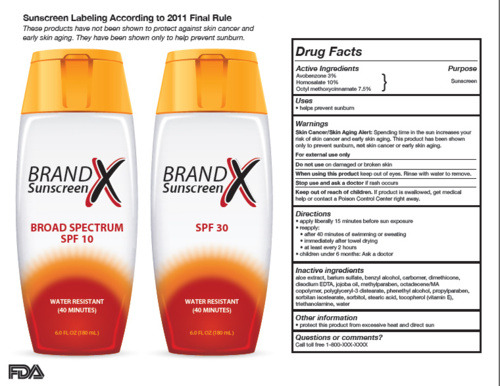People who chose to eliminate milk derived from animals for whatever reason, now have a wide array of commercially made 'milk' alternatives to choose from.
Their choices include:-
❥ Nut Milk e.g. Almond milk, Cashew Milk, Hazelnut Milk
❥ Fruit Milk e.g. Coconut Milk
❥ Grain Milks e.g. White Rice Milk, Brown Rice Milk and Oat Milk (Oat Drink)
Whether these options can be used and applied in the same way as traditional milk is debatable. Nevertheless from a nutrition standpoint, the nutritional content of many non-dairy milk substitutes outrank the nutritional content of many commercial animal derived milks, in many aspects.
 |
| TABLE ABOVE SHOWS THE NUTRITIONAL CONTENTS OF MILK AND NON-DAIRY MILK ALTERNATIVES (Click image for a larger view) |
❣ Coconut Milk contains the most calories per 8 fluid ounce (fl. oz.) serving, with 80% of its calories coming from fat; mainly saturated fat (or easily digested short-medium chain fatty acids).
❣ Almond and Skimmed milk contain the least calories per 8 fl. oz. serving, with the majority of their calories coming from carbohydrates.
❣ Rice Milk is carbohydrate rich, with 80% of its calories coming from carbohydrates.
❣ Coconut Milk contains the most fibre and most saturated fat per 8 fl. oz. serving.
❣ Soy Milk contains the most sodium while the sodium content of coconut milk per 8 fl. oz. serving is the lowest.
❣ Coconut Milk and Soy milk have protein contents comparable to dairy milk.
❣ The carbohydrate content of milk is lower than most non-diary milks but unlike the non-dairy milks, the carbohydrate present is primarily natural sugars and not added sugar/sweetener.
Gathering standardised nutrition information for the milk alternatives is rather challenging for two reasons. One, the USDA’s Online Nutrient Database does not have a standard nutrition reference for any of the milk alternatives, except for coconut milk. Two, the nutritional content of 'milk' alternatives varies drastically among brands due to each company having their own formula for making and flavouring the ‘milks’. For instance, some ‘milks’ contain thickening agents, evaporated cane juice, added vitamins and minerals, along with controversial ingredients such as carrageen and natural flavours.
In all, compared with traditional milk, non-dairy milks hold their own nutrition-wise. Many ‘milk’ substitutes come fortified and flavoured thus improving their micro-nutrient and flavour profiles. It is suggested to do a taste test among the brands until you find one with a flavour, texture (mouth-feel) and nutritional profile that is to your liking.
SUGGESTION: "Using coconut milk in your morning coffee as a non-dairy creamer works seemingly well. The high fat content of the coconut gives a similar, rich & creamy taste/mouth-feel to that of the dairy creamer," says Lauren O'Connor, MS, RD of Nutri-Savvy. In addition, it provides a healthy dose of easily digested short-medium chain fatty acids.
NOTE: Using non-dairy ‘milks’ as a replacement for dairy milk in your favourite recipe may require some trial and error, at first to see which type works best. (E.g. Almond vs. Soy milk in your Bran Flakes cereal or Soy milk vs Rice Milk in a vegan roux)SUGGESTION: "Using coconut milk in your morning coffee as a non-dairy creamer works seemingly well. The high fat content of the coconut gives a similar, rich & creamy taste/mouth-feel to that of the dairy creamer," says Lauren O'Connor, MS, RD of Nutri-Savvy. In addition, it provides a healthy dose of easily digested short-medium chain fatty acids.
For a listing of some familiar brands of dairy 'milk' alternatives visit tumblr
Thank you for reading!
Leave a ⓒⓞⓜⓜⓔⓝⓣ below.



